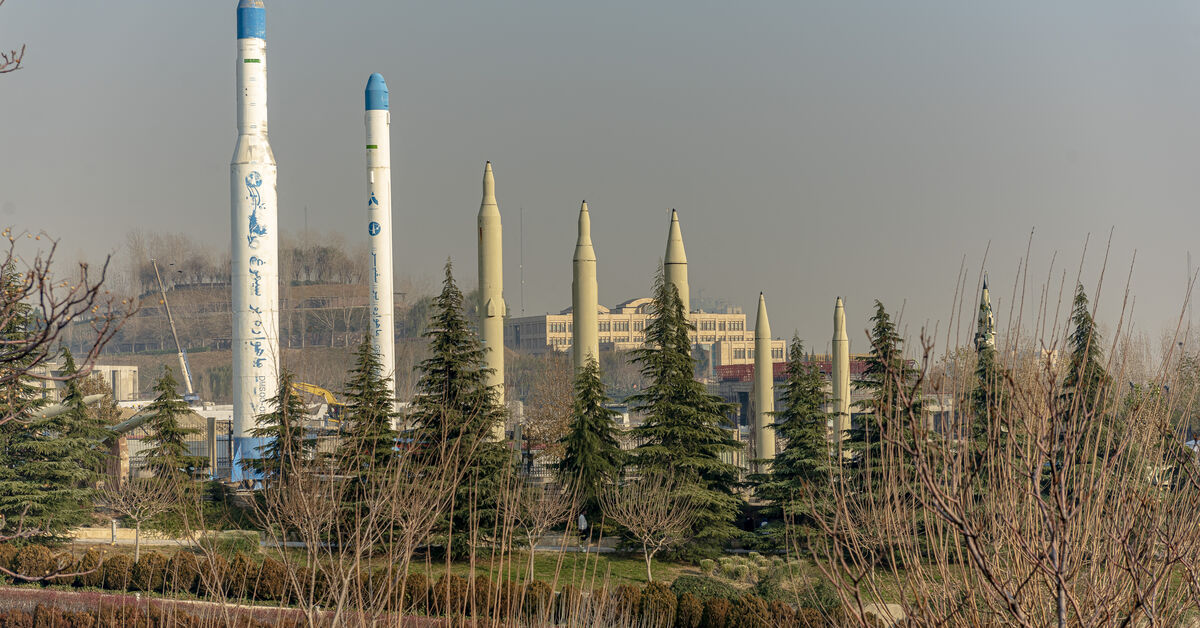IRGC's 'Glass Room' Threat: A Chilling Warning or Empty Posturing?
The Islamic Revolutionary Guard Corps (IRGC) recently issued a chilling threat to US forces, showcasing a purported "glass room" – a highly sensitive facility – on Iranian state television. This seemingly provocative move has ignited a firestorm of debate, leaving analysts scrambling to decipher the true meaning behind this unusual display. Is this a genuine threat of imminent action, a calculated show of force to deter US intervention, or simply a piece of sophisticated psychological warfare?
Deciphering the "Glass Room" Threat
The footage broadcast by Iranian state media depicted a sophisticated command center, referred to as a "glass room" due to its extensive use of transparent displays. The IRGC claimed this facility provides real-time monitoring capabilities, potentially including surveillance of US forces in the region. The broadcast emphasized the facility's advanced technological capabilities, and implicitly threatened swift and decisive action against any perceived US aggression.
While the precise nature of the threat remains ambiguous, several interpretations are possible:
-
Deterrence: The primary aim might be to deter the US from undertaking any military actions against Iran, showcasing the IRGC’s capacity for swift and effective retaliation. This aligns with Iran’s long-standing policy of asymmetric warfare and deterrence through the threat of reprisal.
-
Psychological Warfare: The public display of the "glass room" could be a calculated move in psychological warfare, designed to project an image of power and technological superiority. This could aim to intimidate not only the US military but also domestic and international audiences.
-
Misinformation Campaign: Some analysts suggest the possibility that the broadcast is part of a broader disinformation campaign, intended to obscure other activities or to deflect attention from internal issues within Iran.
-
Genuine Capability?: It's also crucial to consider the possibility that the "glass room" represents a genuine advancement in Iranian military surveillance capabilities. While the extent of their real-time monitoring abilities remains unclear, it's undeniably a demonstration of Iran’s investment in advanced technology for military purposes.
The Geopolitical Context
This threat comes amidst heightened tensions between the US and Iran. The ongoing nuclear negotiations remain stalled, and the assassination of Iranian General Qassem Soleimani in 2020 continues to cast a long shadow over the relationship. Furthermore, Iran's support for regional proxies and its ballistic missile program remain points of contention.
The "glass room" threat should be considered within this broader geopolitical context. It’s a clear indication of the complex and volatile security dynamics in the Middle East and the need for cautious diplomacy.
Analyzing the Implications
The IRGC’s "glass room" threat raises crucial questions about the escalating tensions in the region. While the exact intentions remain unclear, it highlights the importance of continued diplomatic efforts and careful monitoring of Iranian military activities. The international community must remain vigilant and work towards de-escalation to prevent further escalation and potential conflict.
Further Reading:
- [Link to a relevant article on US-Iran relations from a reputable news source]
- [Link to a relevant analysis from a think tank specializing in Middle Eastern affairs]
Conclusion:
The "glass room" threat serves as a stark reminder of the precarious nature of the US-Iran relationship. Whether a genuine threat or a strategic maneuver, it demands careful consideration and a proactive approach to diplomacy and conflict resolution. The international community must actively engage in dialogue to mitigate the risk of further escalation and work towards a more stable and peaceful region.

